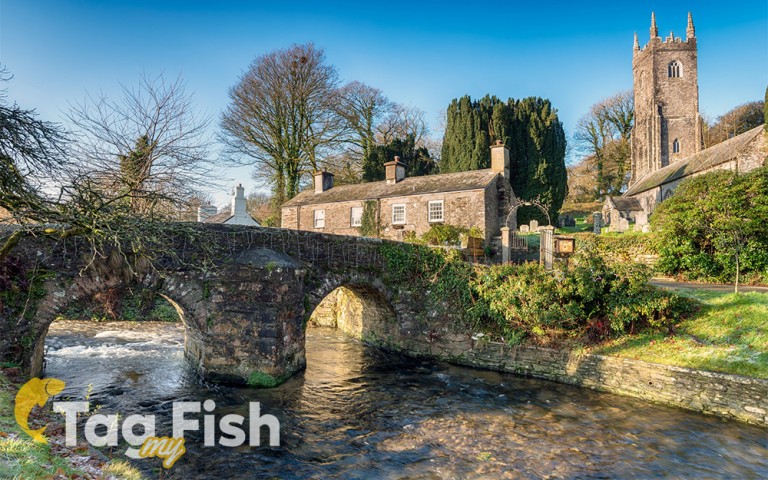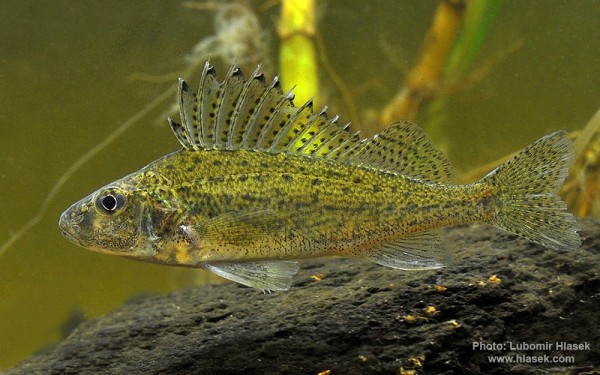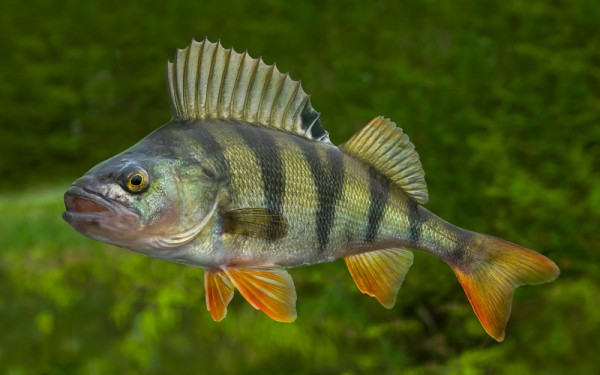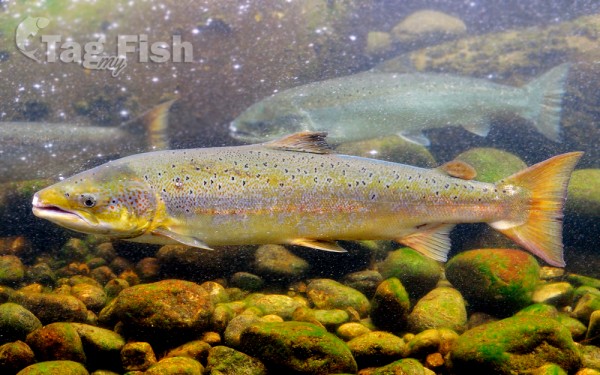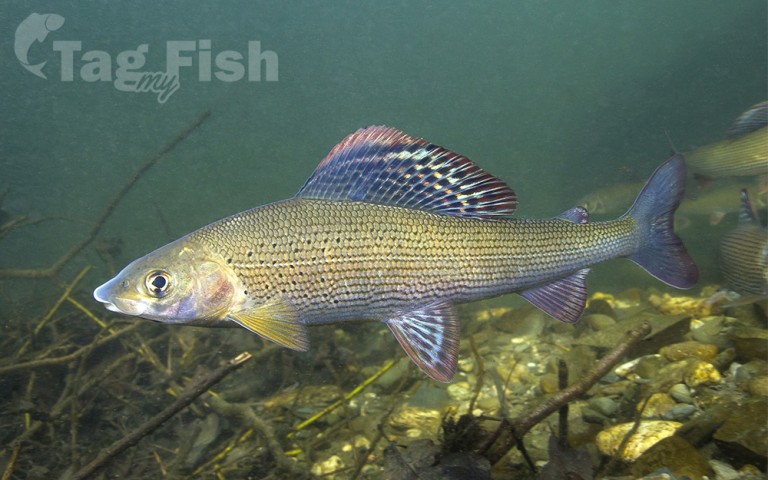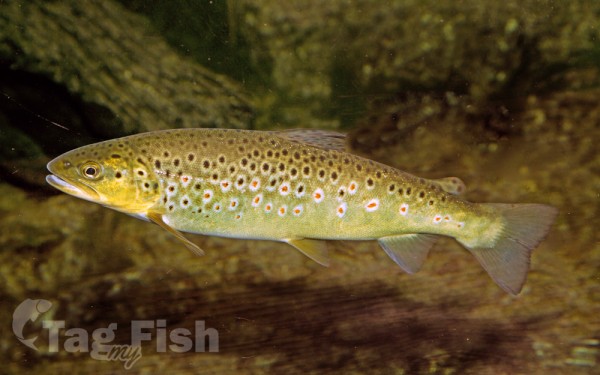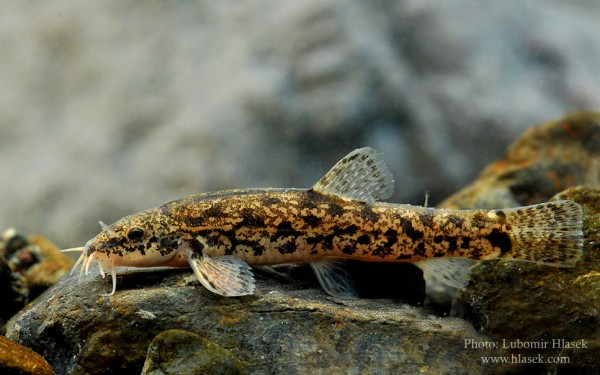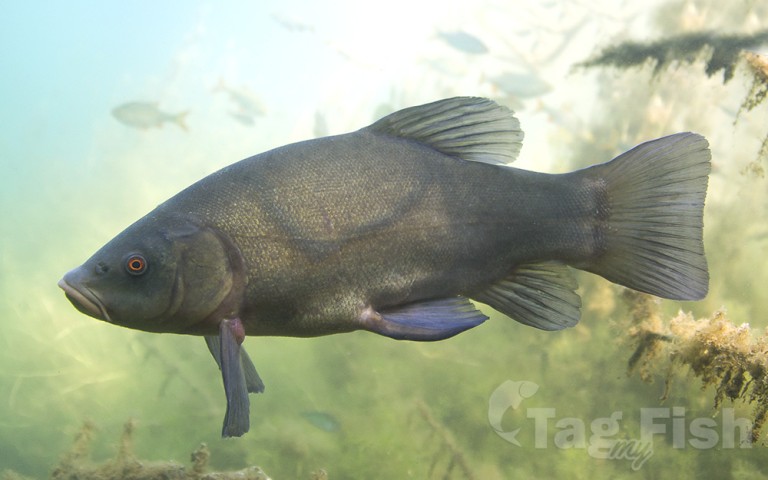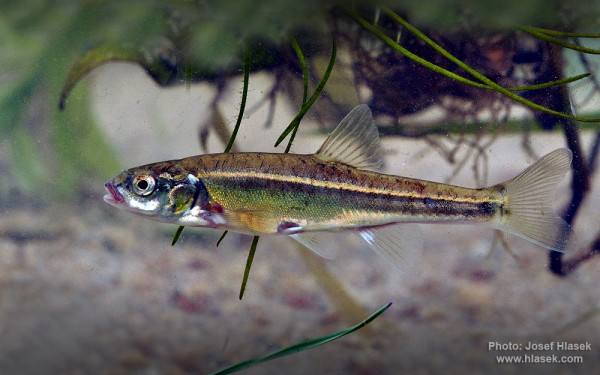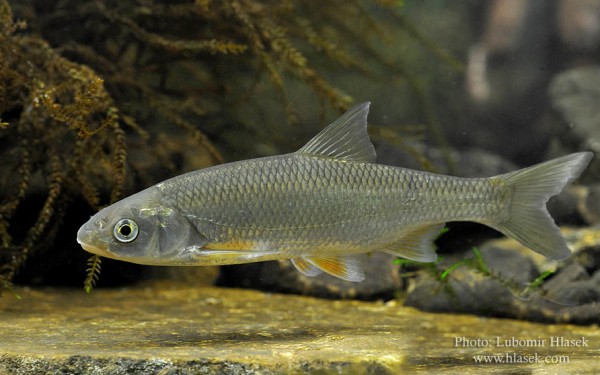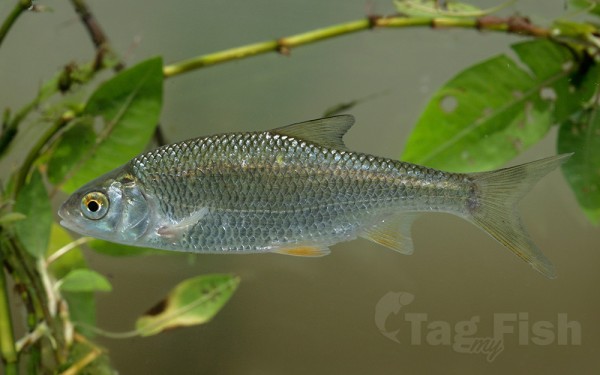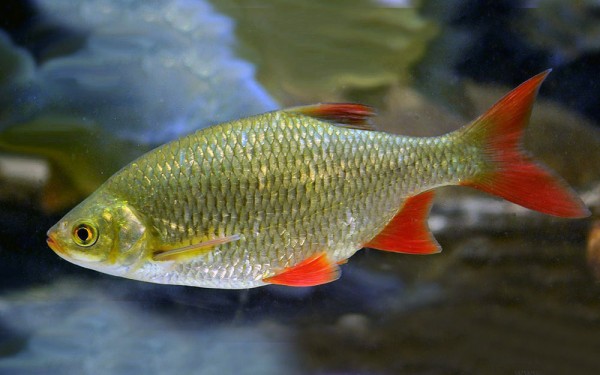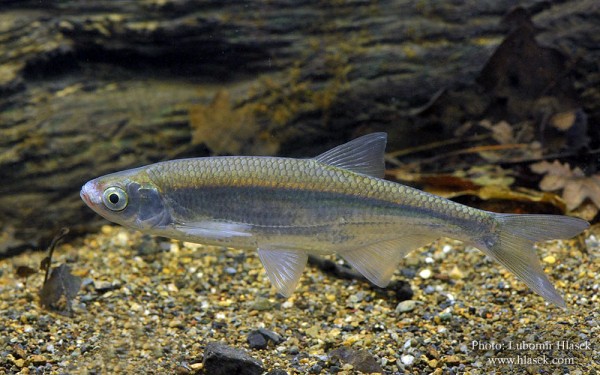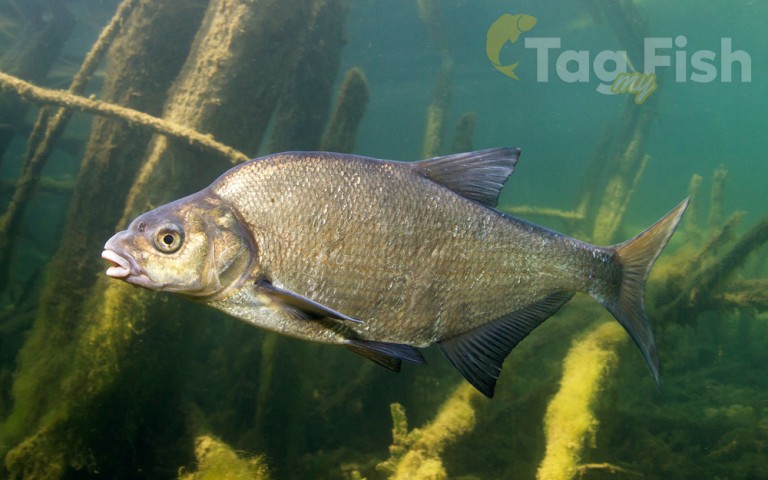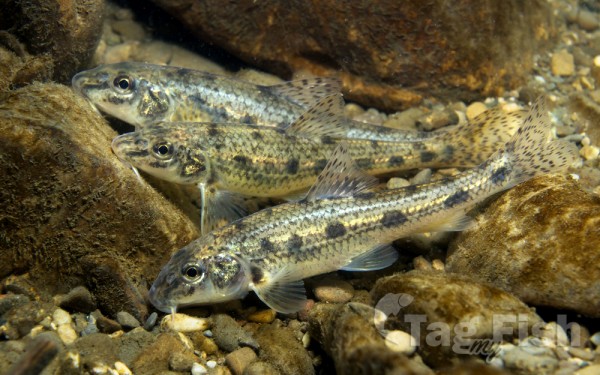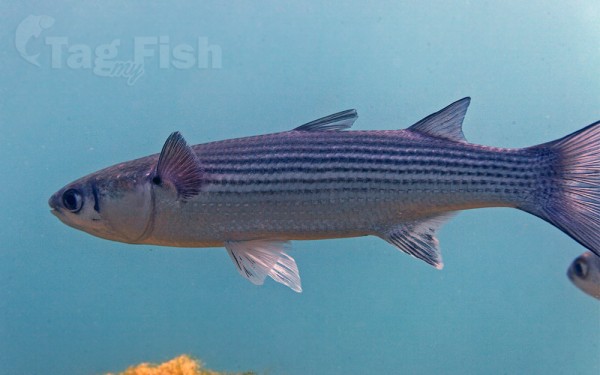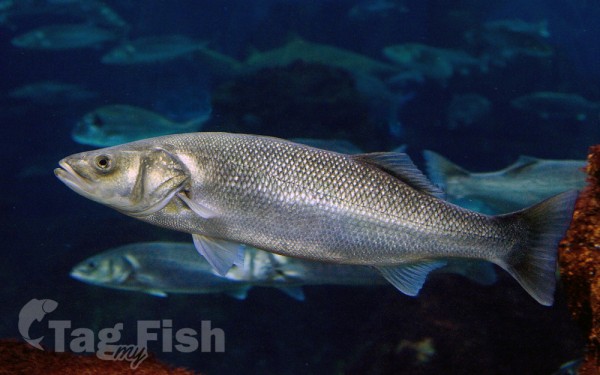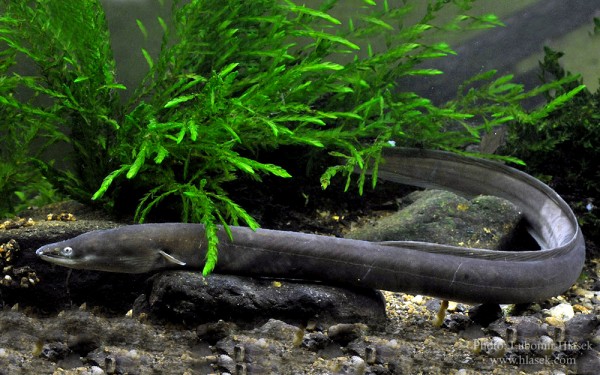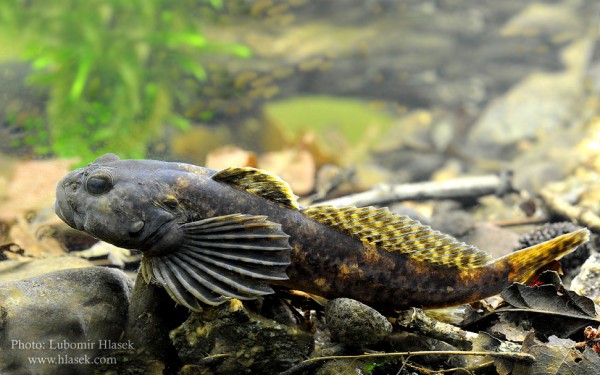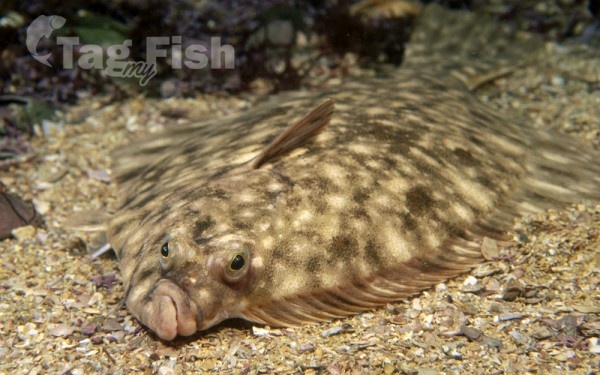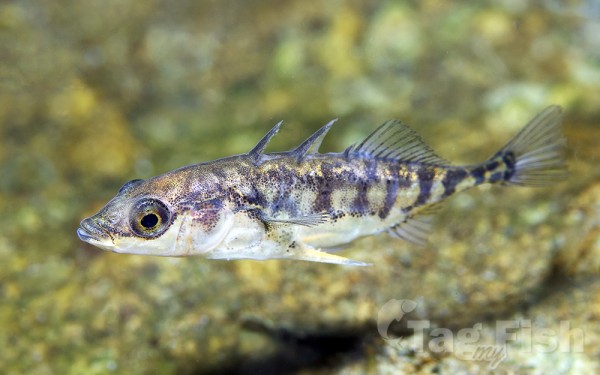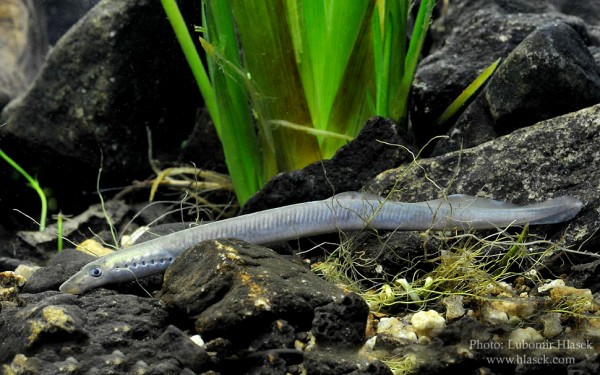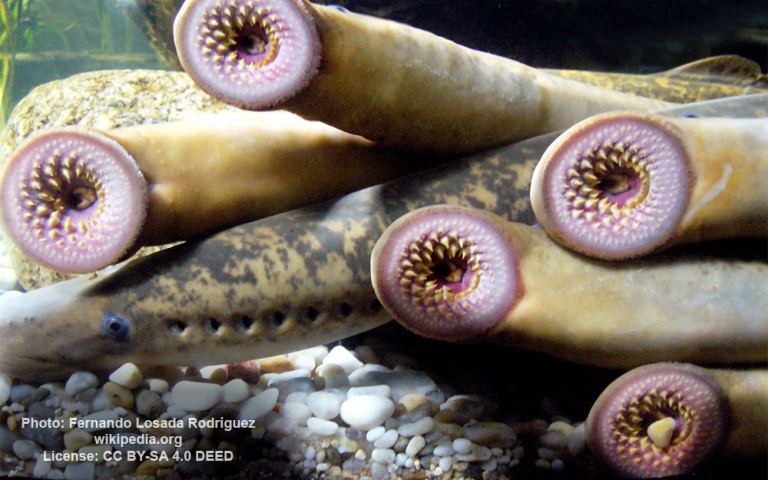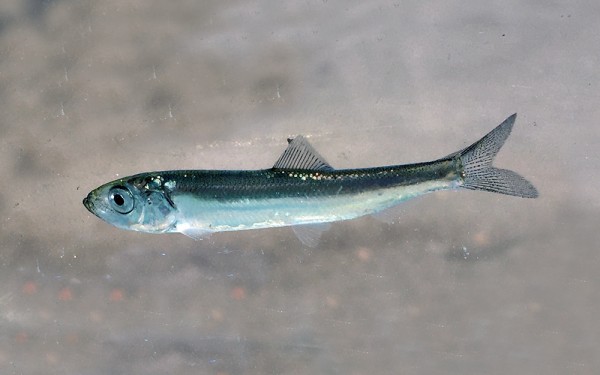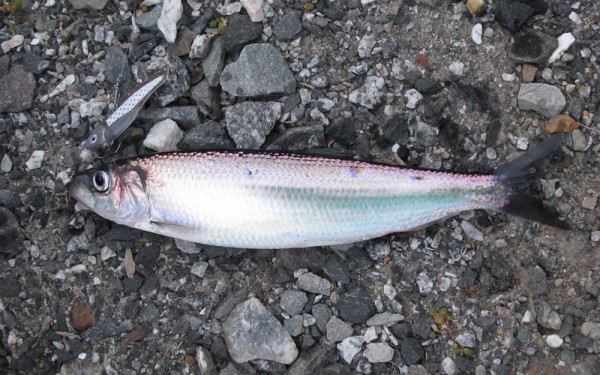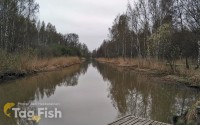Tamar
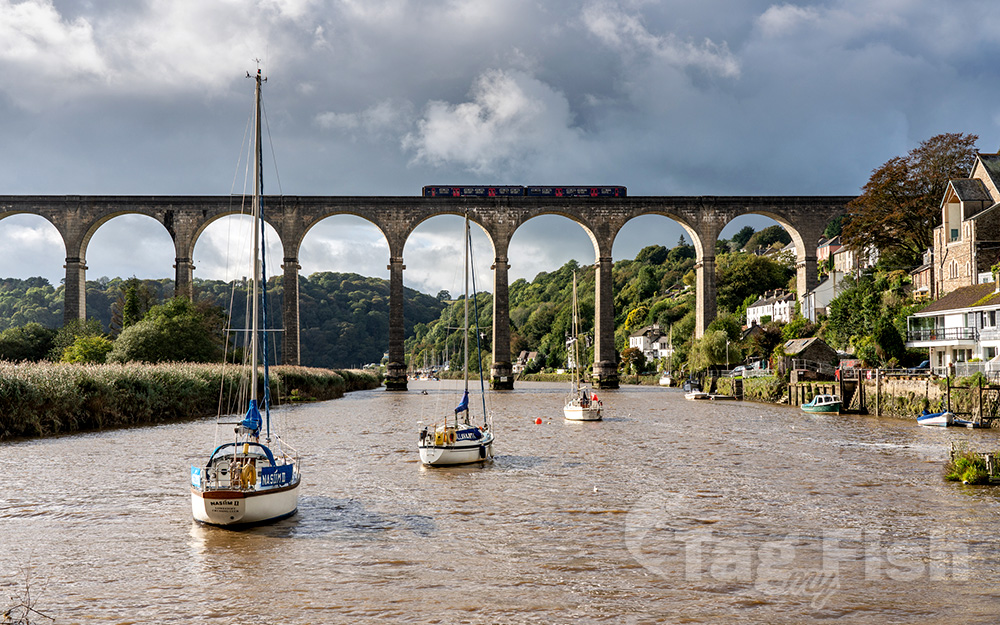
Largest tributaries
Perciformes - Perches
Salmoniformes - Salmons and Trouts
Esociformes - Pikes
Cypriniformes - Carps
Mugiliformes - Mullets
Moroniformes - Temperate basses
Anguilliformes - Eels and morays
Scorpaeniformes - Mail-cheeked fishes
Pleuronectiformes - Flatfishes
Gasterosteiformes - Sticklebacks
Petromyzontiformes - Lampreys
Perciformes - Perches
Salmoniformes - Salmons and Trouts
Esociformes - Pikes
Cypriniformes - Carps
Mugiliformes - Mullets
Moroniformes - Temperate basses
Anguilliformes - Eels and morays
Scorpaeniformes - Mail-cheeked fishes
Pleuronectiformes - Flatfishes
Gasterosteiformes - Sticklebacks
Petromyzontiformes - Lampreys
Clupeiformes - Herrings
Perciformes - Perches
Salmoniformes - Salmons and Trouts
Esociformes - Pikes
Cypriniformes - Carps
Mugiliformes - Mullets
Moroniformes - Temperate basses
Anguilliformes - Eels and morays
Scorpaeniformes - Mail-cheeked fishes
Pleuronectiformes - Flatfishes
Gasterosteiformes - Sticklebacks
Petromyzontiformes - Lampreys
Clupeiformes - Herrings
The Tamar is a river in south west England, that forms most of the border between Devon (to the east) and Cornwall (to the west). A part of the Tamar valley is a World Heritage Site due to its historic mining activities.
The River Tamar salmon fishing season runs from March 1st to October 14th, and salmon can be caught almost anywhere along our river system in May, although the first fish of the season often turn up at Gunnislake as early as March. Later on in the year, sea trout (peal), brown trout, and greyling fishing are popular.
